Posts Tagged: bees
Do Forests Play a Role in Bumble Bee Life History?
Do forests play a role in bumble bee life history? Yes, says UC Davis alumnus and research ecologist John Mola and his colleagues in...
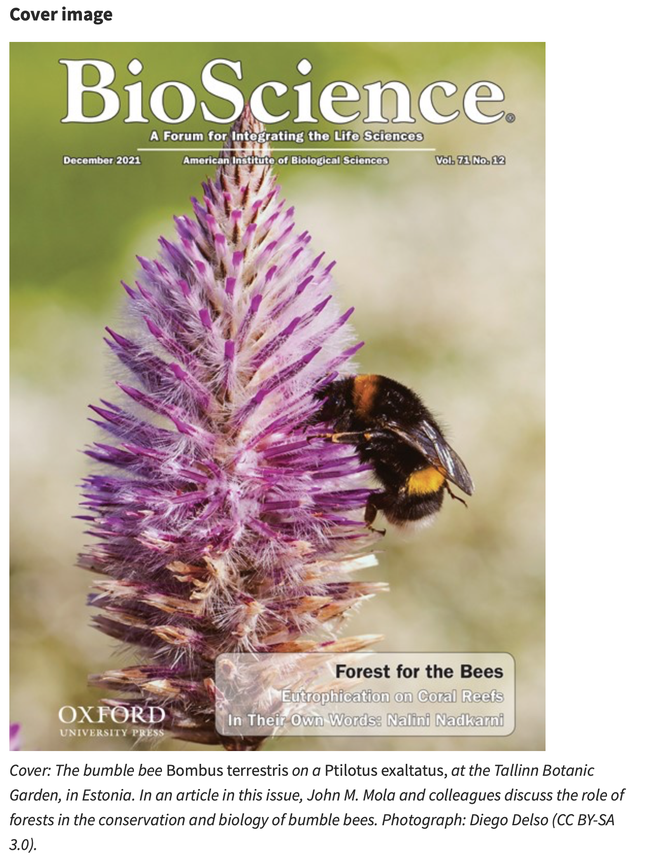
The cover image of BioScience by Diego Delso shows a Bombus terrestris, a buff-tailed bumble bee that is one of the most numerous bumble bee species in Europe.
Why You Should Clear Your Calendar for March 6, 2022: UC Davis Biodiversity Museum Day!
It's happening. The UC Davis Biodiversity Museum Day is planned for Sunday, March 6, 2022. This is the 11th year of this free, science-focused...
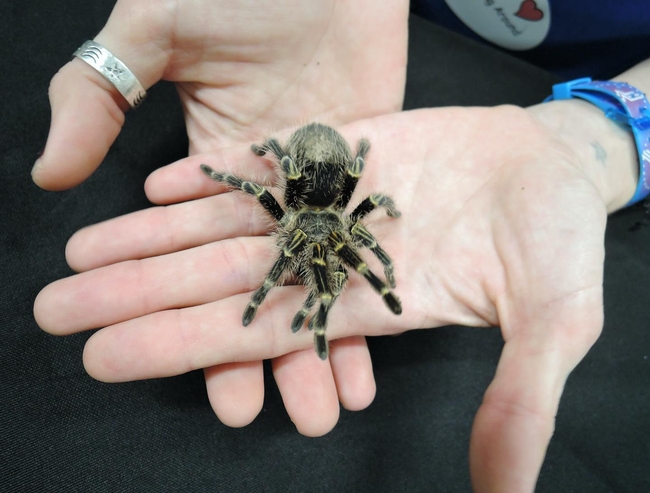
A tarantula at the Bohart Museum of Entomology. (Photo by Kathy Keatley Garvey)
If Honey Bees Fascinate You, Think About Becoming a CAMBP Certified Apprentice Assistant
If honey bees fascinate you, you might want to take the first step toward becoming affiliated with the UC Davis-based California Master Beekeeper...
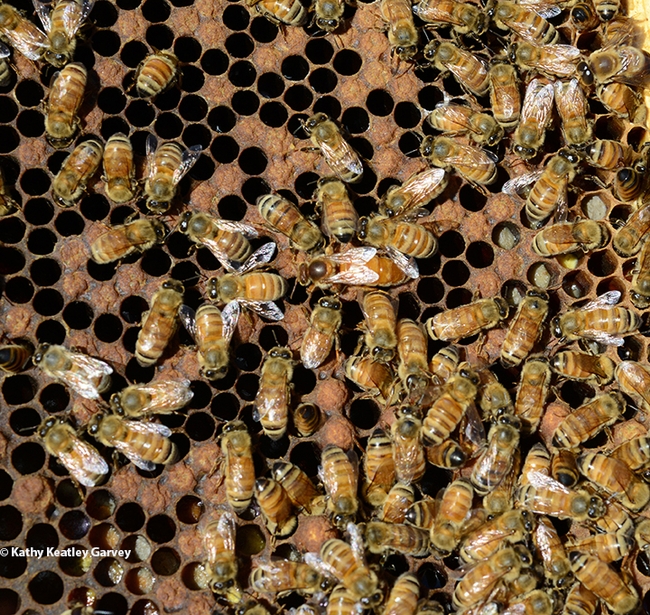
Can you find the queen bee? (Photo by Kathy Keatley Garvey)
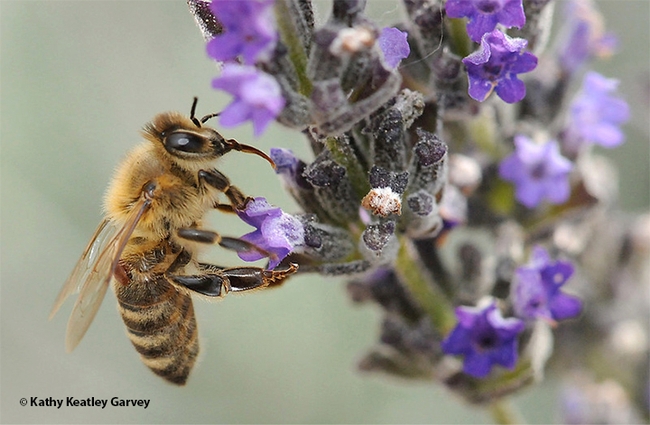
Can you find the varroa mite on this worker bee? She is nectaring on lavender. (Photo by Kathy Keatley Garvey)
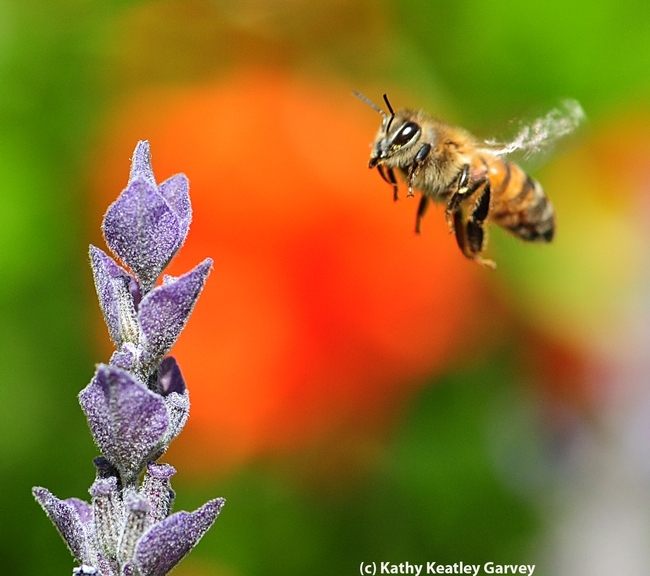
Honey bee heading toward lavender. (Photo by Kathy Keatley Garvey)
Are Honeybees the Most Effective Pollinators?
There they were. Together. The scene: A honeybee (Apis mellifera) and a bumblebee (Bombus vosnesenskii) nectaring on a purple coneflower...
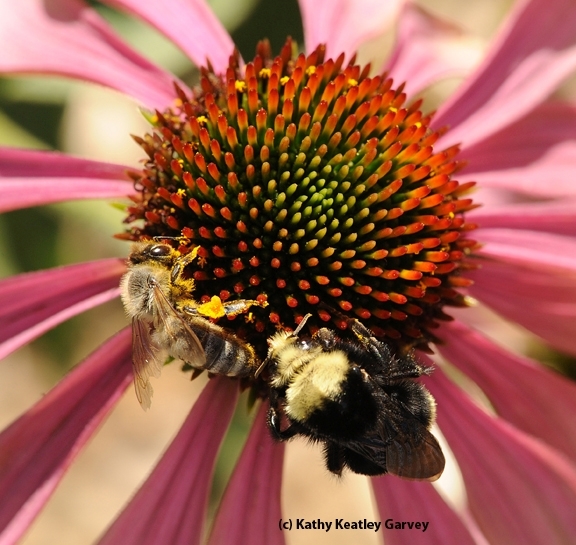
A honeybee (Apis mellifera) and a bumblebee (Bombus vosnesenskii) nectaring on a purple coneflower (Echinacea purpurea) in a UC Davis bee garden. (Photo by Kathy Keatley Garvey)
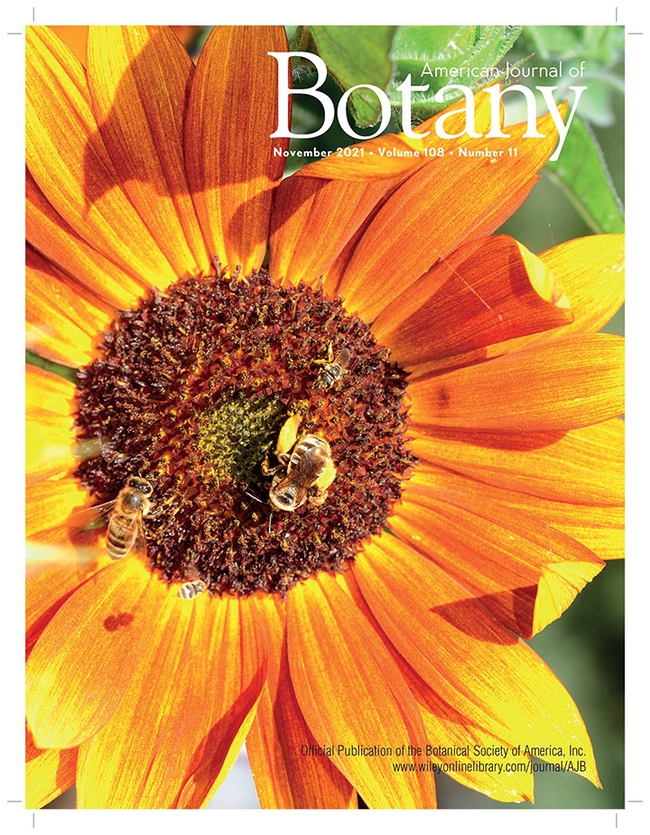
This is the cover of the American Journal of Botany, featuring several species of bees on a sunflower, Helianthus sp, (Cover photo by Kathy Keatley Garvey)
Thank the Squash Bee for That Pumpkin Pie
"Hey, there, pumpkin, how big of a piece of pumpkin pie do you want?" If you've ever been asked that, you may have responded--quite...
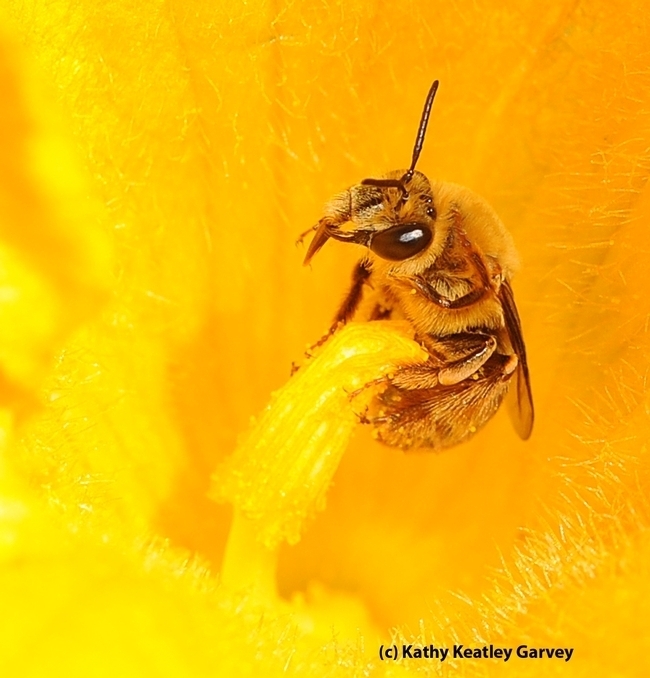
The squash bee, Peponapis pruinosa, is a specialist that pollinates only the cucurbits or squash family, Cucurbitaceae. (Photo by Kathy Keatley Garvey)
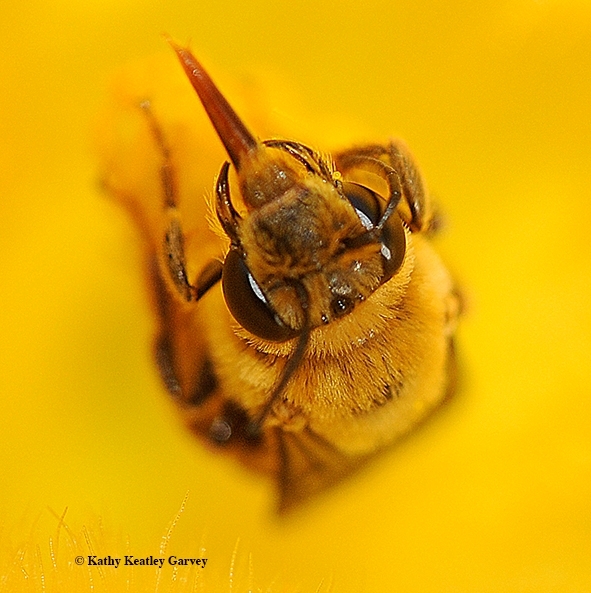
Close-up of a squash bee. Native to North America, it pollinates cucurbit blossoms early in the morning. The blossoms usually close around noon. (Photo by Kathy Keatley Garvey)

